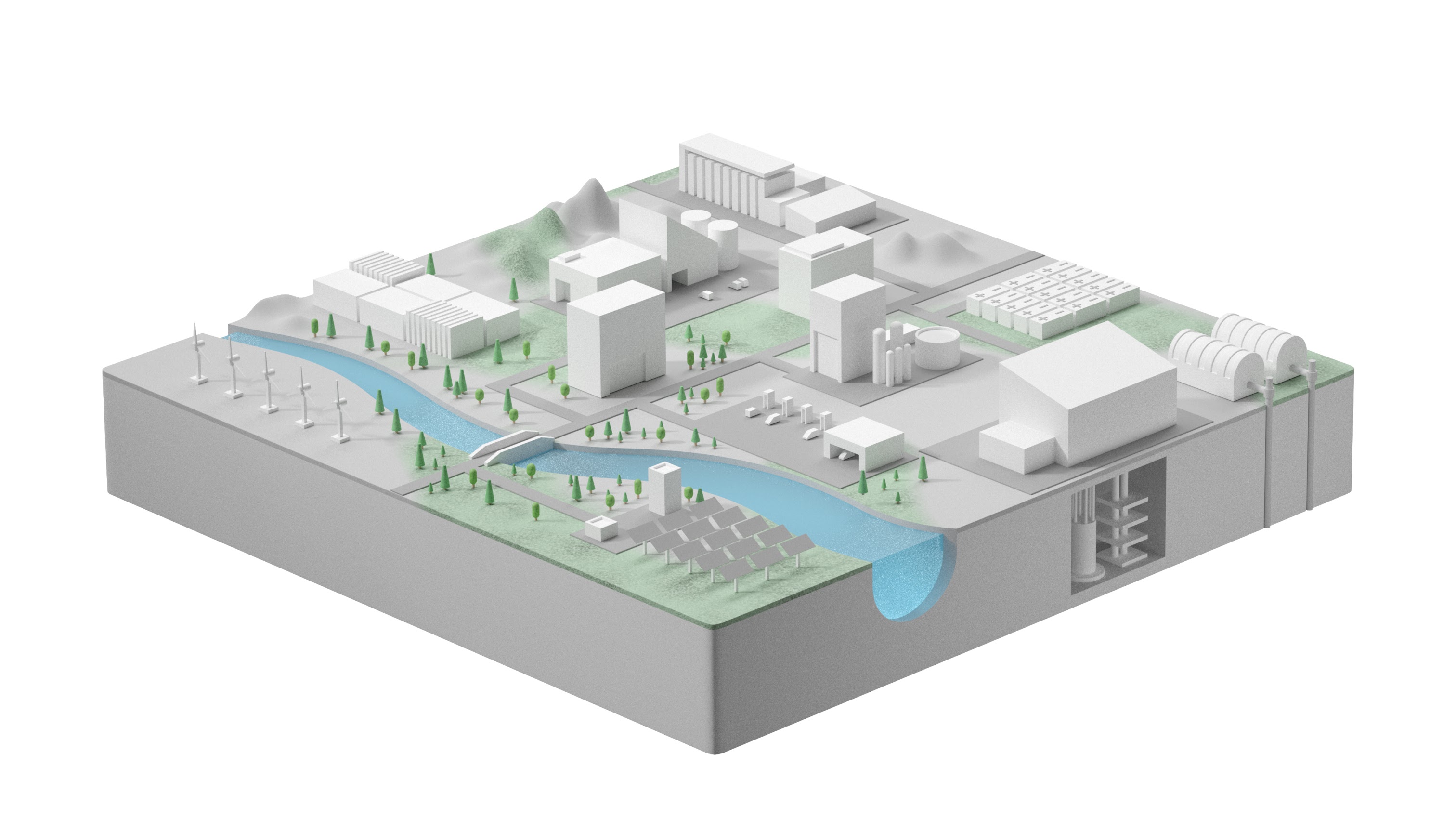How demand-driven clean power service could solve rising global energy needs
Global energy demand is outpacing efficiency gains. Demand-driven clean power service could be the solution.

The global demand for energy, particularly at the supply chain level, is staggering—and it’s only getting bigger.
According to the U.S. Energy Information Administration (EIA), population and manufacturing growth, along with new electricity-intensive technologies like AI data centers, will result in energy consumption rising faster than efficiency gains through at least 2050.
So why can’t we simply generate more clean energy to meet the demand? It’s complicated.
An outdated power grid is one part of the problem. Another is the fact that renewable energy that isn’t used immediately must be either stored or simply turned off, both of which diminish its efficiency. Yet another is that renewables, due to their variability, are often backed up by fossil fuel generators. All of this compromises clean energy’s ability to effectively replace fossil fuels at scale.
To meet the rising global demand for industrial energy sustainably, we’ll need to shift our thinking beyond clean power generation to clean power service. This is exactly why Aston was created.
What is clean power service?
Clean power service refers to carbon-free power that’s both generated and immediately put to use on-site.
Think of a solar farm that, instead of sending its energy to the grid, instead uses it directly to power an on-site data center. This is different than clean power generation alone because it answers a critical question: how can we efficiently turn variable “unfirm” power generated by wind and solar into useable “firm” power?
The aging U.S. power grid wasn’t designed to accommodate variable sources of electricity like wind and solar. Modernizing it costs time and significant capital—from one to several trillion dollars by some estimations. Thus, despite it being cheaper and more efficient to generate clean power, it remains expensive and inefficient to turn it into usable firm power on the grid.
The idea of clean power service essentially means bypassing the grid altogether, allowing clean energy to be used immediately at its source, maximizing the efficient use of both land and energy.
Aston: Running a supply chain on carbon-free energy
Transitioning to direct clean power service requires a change in the way we think about renewable energy.
“To get fossil fuels out of the supply chain, we need to make clean energy where and when we need it,” said Aston founder and CEO Greg Robinson. “For decades, the approach has been to make new clean energy and put it on the Big Old Grid wherever a permit was possible. To truly build a sustainable supply chain, however, we need to build things that make, move, store, and then run on clean energy.”
This is the idea behind the Aston Clean Energy Campus. By building on-site carbon free energy generation for new industrial projects, with or without connection to the power grid, Aston removes many of the significant hurdles—energy transportation, storage, reliability and years spent waiting to connect to the grid—that block demand-driven clean energy service.

